
The shoulders and arms play crucial roles in the human body’s functionality, strength, and appearance. These interconnected body parts are essential for almost every physical movement we perform daily—from lifting groceries to typing on a keyboard, from throwing a ball to embracing a loved one. Beyond their functional importance, well-developed shoulders and arms are often seen as a symbol of strength, fitness, and confidence. Understanding their anatomy, how to care for them, and how to strengthen them can help us live healthier and more capable lives.
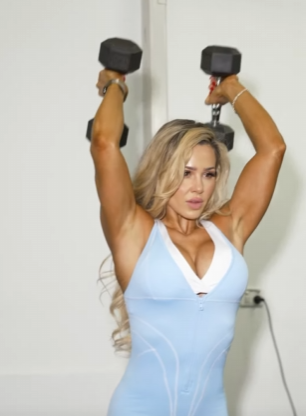
The Anatomy of Shoulders and Arms
The shoulder is one of the most complex and mobile joints in the human body. It comprises three bones: the humerus (upper arm bone), the scapula (shoulder blade), and the clavicle (collarbone). These bones work together to form the shoulder girdle, allowing for an incredible range of motion—more than any other joint in the body. Surrounding these bones are muscles like the deltoids, rotator cuff muscles, trapezius, and others, which stabilize and move the shoulder.
The arms consist primarily of two major bones—the humerus in the upper arm and the radius and ulna in the forearm. The upper arm’s primary muscles are the biceps brachii, triceps brachii, and brachialis, while the forearm is made up of numerous smaller muscles that control fine motor movements like gripping and wrist flexion.
The complexity of the shoulders and arms reflects their versatility. They allow humans to perform delicate tasks such as writing, as well as powerful actions like lifting heavy weights.
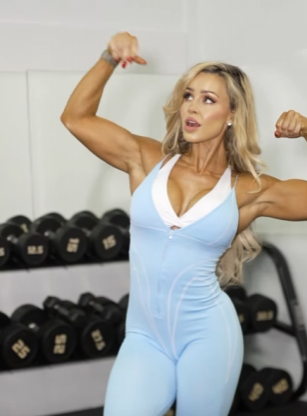
The Importance of Strong Shoulders and Arms
Strong shoulders and arms are vital not just for athletes or fitness enthusiasts but for everyone. Everyday activities rely on the stability and strength of these areas. For instance, lifting a child, carrying groceries, or reaching for something on a high shelf all depend on these muscles working effectively.
Moreover, strong shoulders help improve posture. In today’s digital age, many people suffer from rounded shoulders due to prolonged periods of sitting and typing. Weak shoulders contribute to poor posture, which can lead to chronic pain, decreased lung capacity, and even digestive problems.
In terms of athletics, strong shoulders and arms can significantly enhance performance. Whether in swimming, basketball, tennis, or martial arts, having powerful upper limbs provides a competitive edge.
Additionally, there’s a psychological component to strong shoulders and arms. They are often associated with vigor, self-confidence, and resilience. This is why many people focus heavily on training these body parts when aiming to improve their overall appearance.

How to Strengthen the Shoulders and Arms
Strengthening the shoulders and arms requires a balanced approach that targets all major muscles while promoting joint stability and flexibility.
Shoulder Training
When training shoulders, it is important to address all three heads of the deltoid muscle: anterior (front), medial (side), and posterior (rear). Balanced development not only improves the look of the shoulders but also reduces the risk of injury.
Some effective shoulder exercises include:
- Overhead Press: Targets all deltoid heads and the triceps.
- Lateral Raises: Focuses primarily on the medial deltoid, helping to create width.
- Front Raises: Emphasizes the anterior deltoid.
- Reverse Flys: Works the posterior deltoids, improving posture and shoulder stability.
It is crucial to use proper form during shoulder exercises to avoid injury. Since the shoulder joint is highly mobile but not inherently stable, overloading it without attention to technique can lead to strains or rotator cuff issues.
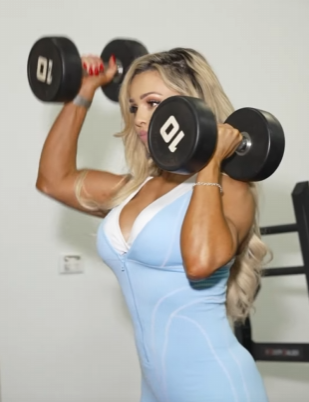
Arm Training
Arm training typically involves focusing on the biceps and triceps.
- Biceps Curls: A fundamental exercise that strengthens the biceps.
- Hammer Curls: Targets both the biceps and the brachialis for thicker-looking arms.
- Tricep Dips: Engages the triceps and can be done with minimal equipment.
- Overhead Tricep Extensions: Focuses on the long head of the triceps, helping to build fuller arms.
For optimal development, arm exercises should be performed with controlled motion, emphasizing both the lifting (concentric) and lowering (eccentric) phases of the movement.
Forearm and Grip Training
Often overlooked, the forearms and grip strength are essential for overall arm function. Exercises like wrist curls, reverse wrist curls, and farmer’s carries can significantly improve grip strength, benefiting both athletic performance and everyday tasks.
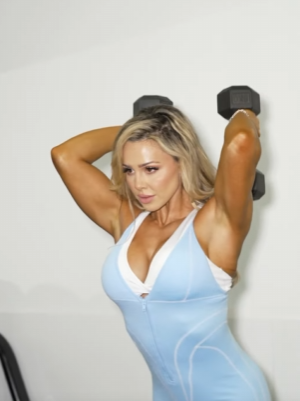
Injury Prevention and Shoulder Health
Because the shoulders are involved in almost every upper-body movement, they are particularly prone to overuse injuries. Common injuries include rotator cuff tears, shoulder impingement, and tendonitis.
To minimize injury risk:
- Warm-Up Properly: Always start workouts with dynamic stretches and light resistance exercises to prepare the shoulders and arms.
- Use Proper Technique: Avoid lifting too heavy without mastering form.
- Strengthen Supporting Muscles: Training the rotator cuff muscles and scapular stabilizers can add stability to the shoulder joint.
- Stretch Regularly: Flexibility work helps maintain a full range of motion and reduces tension.
Listening to the body is critical. Sharp pain or persistent discomfort should never be ignored; seeking medical advice early can prevent minor problems from becoming major issues.
The Aesthetic Appeal of Well-Developed Shoulders and Arms
In fitness culture, broad shoulders and toned arms are often prized for their aesthetic appeal. For men, wide shoulders can create the classic “V-taper” look, making the waist appear smaller. For women, toned arms can enhance an athletic and elegant silhouette.
Beyond appearance, many people report feeling more empowered and confident after building shoulder and arm strength. The visible progress—seeing muscles become more defined—can be incredibly motivating and can encourage further healthy habits in other areas of life.
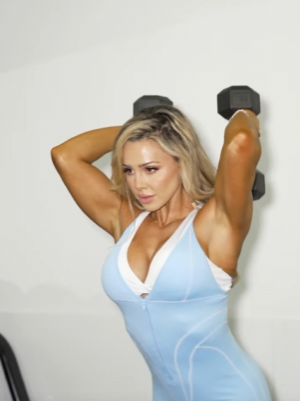
Conclusion
The shoulders and arms are more than just a symbol of strength; they are vital tools for everyday life. By understanding their anatomy, recognizing their importance, and investing time in their training and care, we can unlock greater physical potential and enhance our overall well-being. Whether your goal is to perform better in sports, improve posture, prevent injuries, or simply feel more confident in your body, prioritizing the health and strength of your shoulders and arms is a powerful step toward achieving it.


